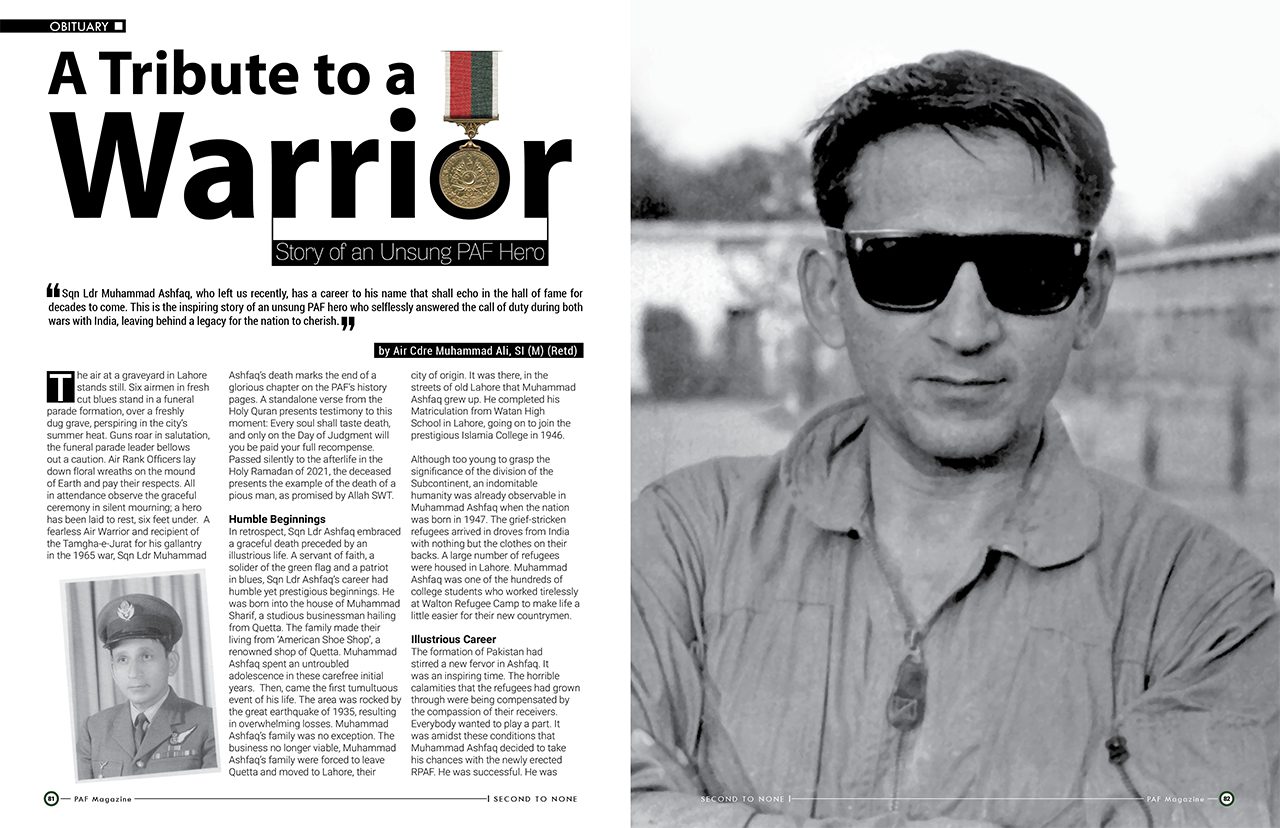Sqn Ldr Muhammad Ashfaq, who left us recently, has a career to his name that shall echo in the hall of fame for decades to come. This is the inspiring story of an unsung PAF hero who selflessly answered the call of duty during both wars with India, leaving behind a legacy for the nation to cherish.
The air at a graveyard in Lahore stands still. Six airmen in fresh cut blues stand in a funeral parade formation, over a freshly dug grave, perspiring in the city’s summer heat. Guns roar in salutation, the funeral parade leader bellows out a caution. Air Rank Officers lay down floral wreaths on the mound of Earth and pay their respects. All in attendance observe the graceful ceremony in silent mourning; a hero has been laid to rest, six feet under. A fearless Air Warrior and recipient of the Tamgha-e-Jurat for his gallantry in the 1965 war, Sqn Ldr Muhammad Ashfaq’s death marks the end of a glorious chapter on the PAF’s history pages. A standalone verse from the Holy Quran presents testimony to this moment: Every soul shall taste death, and only on the Day of Judgment will you be paid your full recompense. Passed silently to the afterlife in the Holy Ramadan of 2021, the deceased presents the example of the death of a pious man, as promised by Allah SWT.
Humble Beginnings
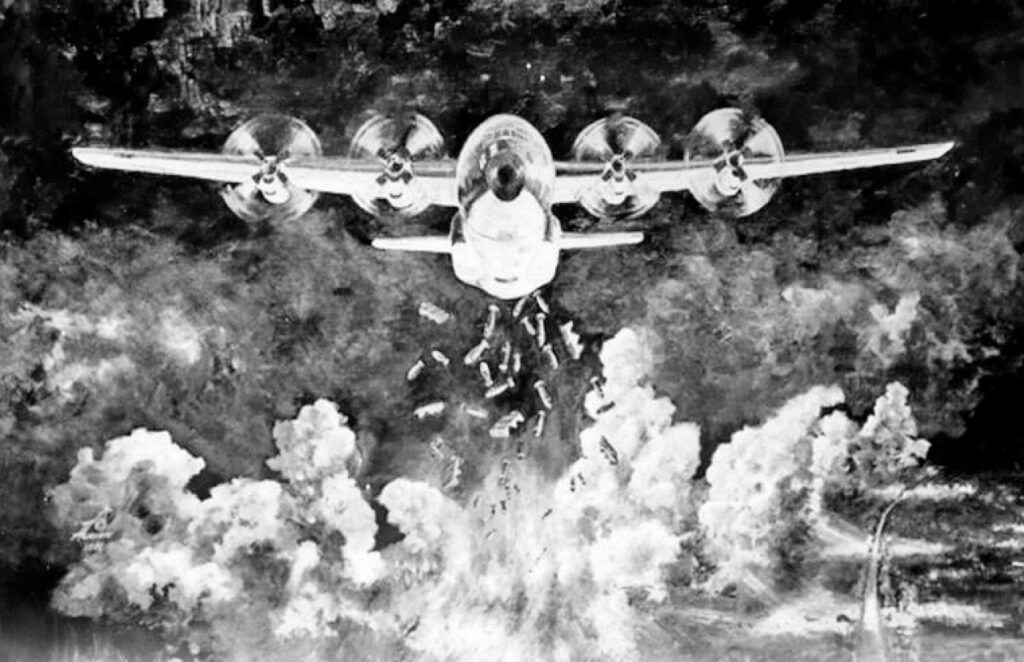
In retrospect, Sqn Ldr Ashfaq embraced a graceful death preceded by an illustrious life. A servant of faith, a solider of the green flag and a patriot in blues, Sqn Ldr Ashfaq’s career had humble yet prestigious beginnings. He was born into the house of Muhammad Sharif, a studious businessman hailing from Quetta. The family made their living from ‘American Shoe Shop’, a renowned shop of Quetta. Muhammad Ashfaq spent an untroubled adolescence in these carefree initial years. Then, came the first tumultuous event of his life. The area was rocked by the great earthquake of 1935, resulting in overwhelming losses. Muhammad Ashfaq’s family was no exception. The business no longer viable, Muhammad Ashfaq’s family were forced to leave Quetta and moved to Lahore, their city of origin. It was there, in the streets of old Lahore that Muhammad Ashfaq grew up. He completed his Matriculation from Watan High School in Lahore, going on to join the prestigious Islamia College in 1946.
Although too young to grasp the significance of the division of the Subcontinent, an indomitable humanity was already observable in Muhammad Ashfaq when the nation was born in 1947. The grief-stricken refugees arrived in droves from India with nothing but the clothes on their backs. A large number of refugees were housed in Lahore. Muhammad Ashfaq was one of the hundreds of college students who worked tirelessly at Walton Refugee Camp to make life a little easier for their new countrymen.
Illustrious Career
The formation of Pakistan had stirred a new fervor in Ashfaq. It was an inspiring time. The horrible calamities that the refugees had grown through were being compensated by the compassion of their receivers. Everybody wanted to play a part. It was amidst these conditions that Muhammad Ashfaq decided to take his chances with the newly erected RPAF. He was successful. He was inducted into the nascent air force as an airman and enlisted in the 4th airmen entry of the young RPAF. The group was sent to Kohat on 4 August 1948 and then, later on, to Drigh Road to polish their technical skill. Muhammad Ashfaq’s progression in his career makes it abundantly obvious that he possessed a knack for the technical jobs. This tenacity of his further developed in the form of a six-month course in Karachi where he was trained as a WOM – II (Wireless Operator Mechanic).
Around this time, PAF required competent and skillful aircrew for its newly acquired Dakota and DC-3 aircraft. By then, Muhammad Ashfaq had successfully completed the conversion course to become an Air Signaler, exhibiting consistent promise in every role that he had served in. This was the reason owing to which Muhammad Ashfaq was amongst the first to be trained on the new aircraft. He was inducted into the No 6 Sqn as his first posting as a Load Master/Ground Signaler.
This experience was not in vain and he was shortlisted to be trained to fly the technologically superior C-130 Hercules when PAF inducted the more versatile aircraft into its inventory. Muhammad Ashfaq was selected for a training course in USA on the newly inducted aircraft. He also had the honour of ferrying the first C-130 aircraft to Pakistan.
Role in 1965 War
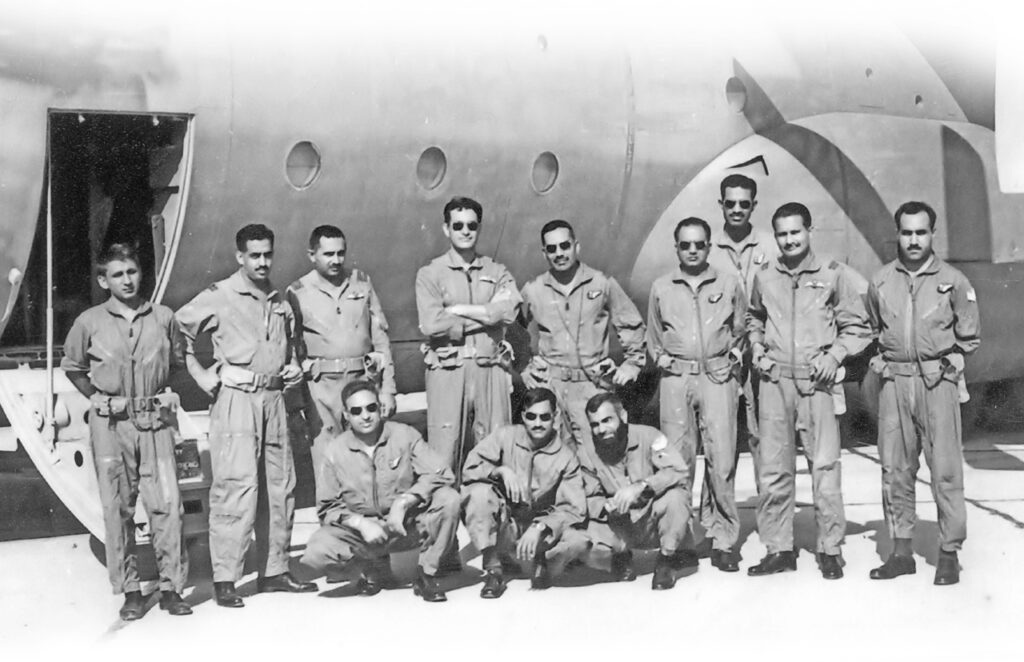
The time of the 65 war was filled with brilliant and innovative strategies that enabled the nation to hold its own against India. One of these ingenious strategies thought up by the transport wing was using the Hercules as a heavy bomber. The idea held substantial potential. Being the senior most loadmaster of No 6 Sqn, WO Muhammad Ashfaq along with a team of C-130 crew was tasked with making a feasibility report. Using the Jamrud firing range as their testing ground, the team ascertained that the aircraft could only be used in a bomber role if its ramp was removed and the rear door was shut in the ‘up’ position. Keeping the Hercules in same configuration, few test missions were flown dropping dummy bombs in Jamrud. The trials proved to be a huge success and PAF leadership decided to put the idea to a practical test. The test of their ability came on 12 September, 1965 as the first bombing mission of the Hercules was launched. The target had been set. It was the area of Lahore-Kasur sector, where the Indian army was advancing at a fast pace. The aircraft had been loaded with 25000 lbs of bombs. This had been done in the supervision of the master loader, Muhammad Ashfaq.
The aircraft took off in the dead of night, under the leadership of OC No 35 wing, Wg Cdr Zahid Butt. Carrying this lethal load, the unarmed Hercules advanced towards its target. Arriving at their destination, Flt Lt Rizwan (navigator) gave the green light and the bombs were unleashed. Tied to a strap only, Muhammad Ashfaq was hanging out from the door in the open air, observing the loads of bombs dropping on the enemy. The enemy was caught in complete surprise. They had not imagined in their wildest of dreams that PAF could use an unarmed C-130 as a heavy bomber. Moments later, the entire area turned into an inferno leaving behind huge debris of enemy’s war machinery. The mission had been a success. There was retaliating ack ack fire but the Hercules descended down to tree level and returned unharmed.
Muhammad Ashfaq also flew some of the important supply dropping missions much before the advent of declared war. In April same year, the Pakistani ground forces desperately needed supplies close to LOC in Kashmir. The only viable option to achieve this objective was to air-drop the much needed supplies by a C-130 aircraft. Ashfaq flew numerous air-drop missions and helped secure an air bridge for their brethren in Khakis.
His Finest Hour
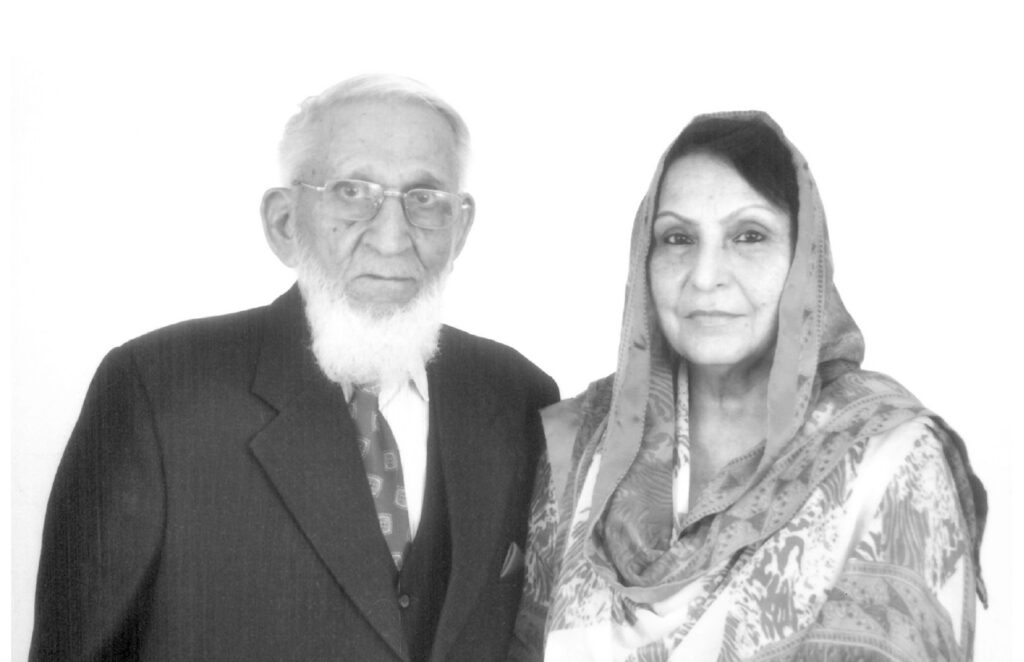
Muhammad Ashfaq’s role in the 1965 war had not yet come to an end. The crew’s next target was Indian heavy artillery guns deployed near Lahore. These guns were firing at Lahore mercilessly killing dozens of innocent civilians. The guns needed to be obliterated without a moment’s delay. The crew set out on 21 September, as the sun set on a blood-soaked horizon. This time, however, the Indians were prepared. Muhammad Ashfaq and his crew was greeted by an onslaught of ack ack fire. The captain manoeuvred to avoid the fire and somehow managed to reach the target. On captain’s command, the bombs were jettisoned out of the mighty Hercules. However, some stacks of the bombs failed to release. It was a great threat to the safety of the aircraft that too under intense enemy fire where each and every second was crucial. Without any hesitation, Muhammad Ashfaq decided to act immediately. Risking his life, he went on and physically released the stack of bombs one by one, an act of utmost bravery only he could have performed. The effort was not in vain and all the bombs dropped out of the aircraft. By the time it was done, the same guns that had been slaughtering civilians a few minutes prior were now a smoldering heap of rubble. Next day, GOC of Lahore appreciated the heroic effort of daring C-130 crew in his letter to AHQ.
Career until Retirement
During 1971 war, Ashfaq was once again called upon by No 35 Wing to participate in bombing missions on C-130 aircraft. He flew several such missions and also helped train others to perform these missions with precision. After the 1971 war, he went on deputation to Kuwait as a load master instructor. During this tenure he also participated in the Arab-Israel War. On one occasion during his deputation, he had the honour of flying Mr Yasir Arafat on a VIP aircraft.
Muhammad Ashfaq returned to Pakistan in 1974 and was offered commission in PAF. He graduated from PAF Academy Risalpur on 19 December 1975. From thereon, Muhammad Ashfaq left his mark while working in several units and serving on key appointments, proving his mettle everywhere he went. For a very long time, he remained load master instructor at the prestigious Transport Conversion School of PAF, imparting quality training to the transport air crew. Large number of transport pilots, navigators, loadmasters are his students and hold him in high esteem, even today. After clocking more than 9500 flying hrs on different transport aircraft, his long and prestigious career came to an end on 8 March 1983.
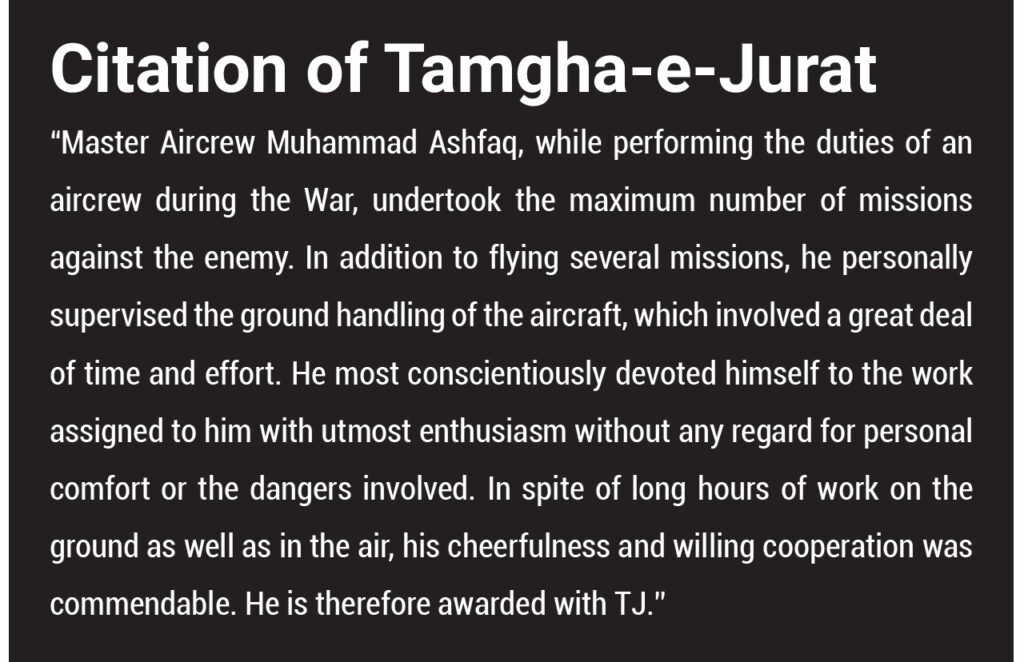
“People like Ashfaq are rare now a days. Pious, humble, thorough professional and above all a man of faith, Ashfaq was the source of inspiration for many. During 1965 war, he was charged up, carried out his duties with utmost dedication. I am lucky to fly with such comrades during war times,” reminisces AVM Sardar Muhammad Asif (Retd), a PAF war veteran.
Taking stock of Muhammad Ashfaq’s life, it unfolds like a saga of human resilience and progress. A man who knew that life is truly lived in endless enhancement, facing boldly all that may come in the process. A thorough professional, a proud son of the soil, a helpful colleague, a caring husband and a devoted father, Muhammad Ashfaq left an impression on the hearts of all that he met. “One of the glaring aspect of his towering personality was his unflinching faith in Allah Almighty. Always content, always smiling and always ready to sacrifice for others. Role models like him would continue to inspire the generations of Pakistani youth for the times to come,” said Maj Najeeb Ahmed (Retd), nephew of the deceased while paying huge tributes the one and only, Sqn Ldr Muhammad Ashfaq, TJ.
